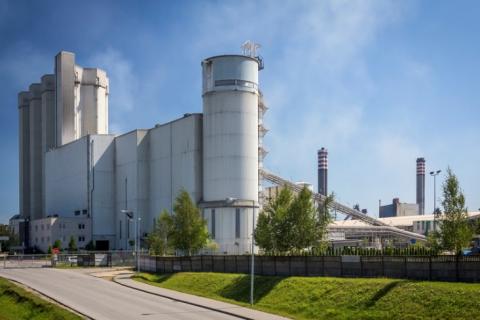Co-processing of waste in EU cement plants: status and prospects
The EU cement industry supports the promotion of industrial symbiosis and the recognition of energy recovery as a waste management solution for non-recyclable waste. The use of waste materials in the cement industry with a simultaneous energy recovery and material recycling, referred to as co-processing, contributes towards achieving the objectives of the circular economy. The EU cement industry already substitutes 43% of its fossil fuels with alternative fuels derived from waste and biomass in supplying the thermal energy to the grey clinker making process. Today, the cement industry has the technical potential to replace 60% of its fuels with waste and in the future this percentage can rise to 95%. Taking into account the amount of waste which is generated in the EU each year, the good use put to this growing amount of waste by the cement industry is a unique opportunity for waste management.
- Co-processing of waste in cement kilns provides benefits for both society and industry: CO2 emissions are lower than with fossil fuels, wastes are co-processed in an efficient and sustainable manner and the demand for virgin materials is reduced;
- Currently, there are considerable differences in co-processing rates across the Member States, varying from only 7% to as much as 95%;
- Increasing the rate of co-processing waste in the EU-28 cement industry to 60% will avoid 26 million tons of CO2 emissions and will also avoid the costs for about €12 billion of public investments in dedicated waste to-energy incineration plants, according to the ECOFYS report “Status and prospects of co-processing of waste in EU cement plants”.

